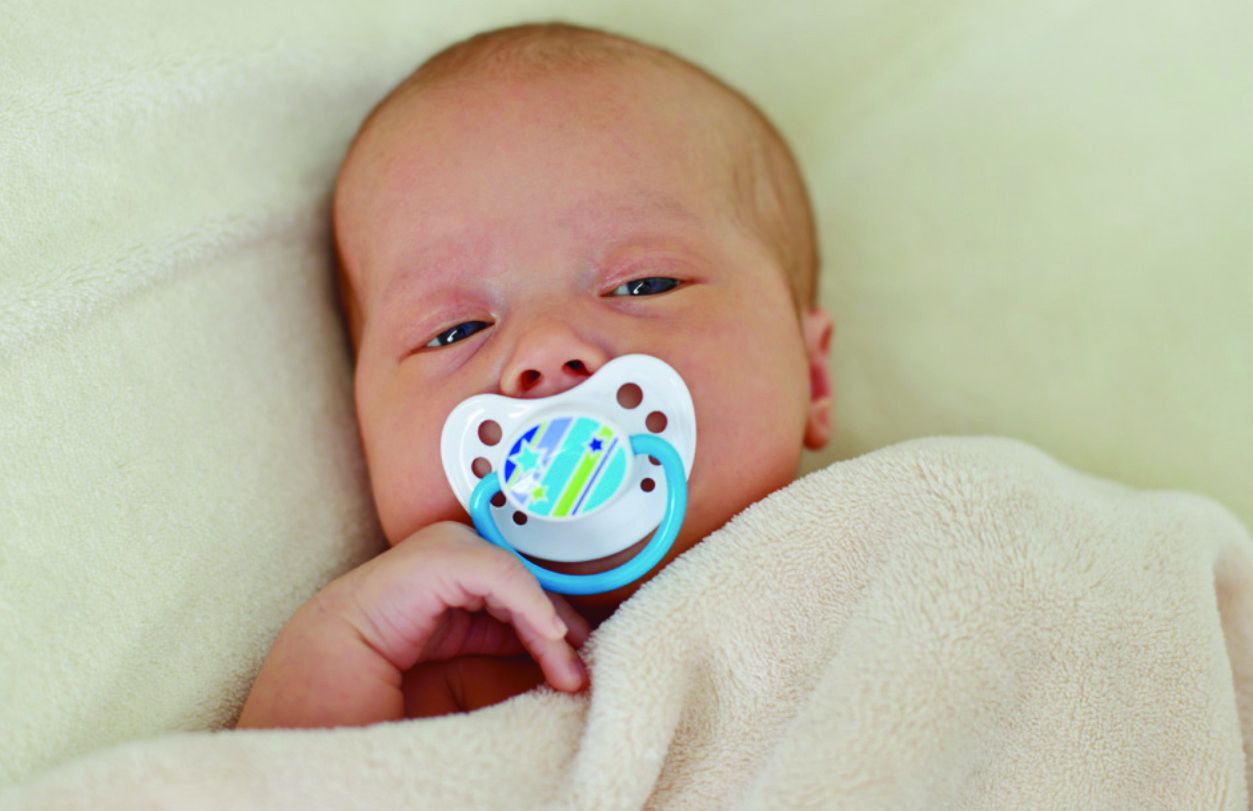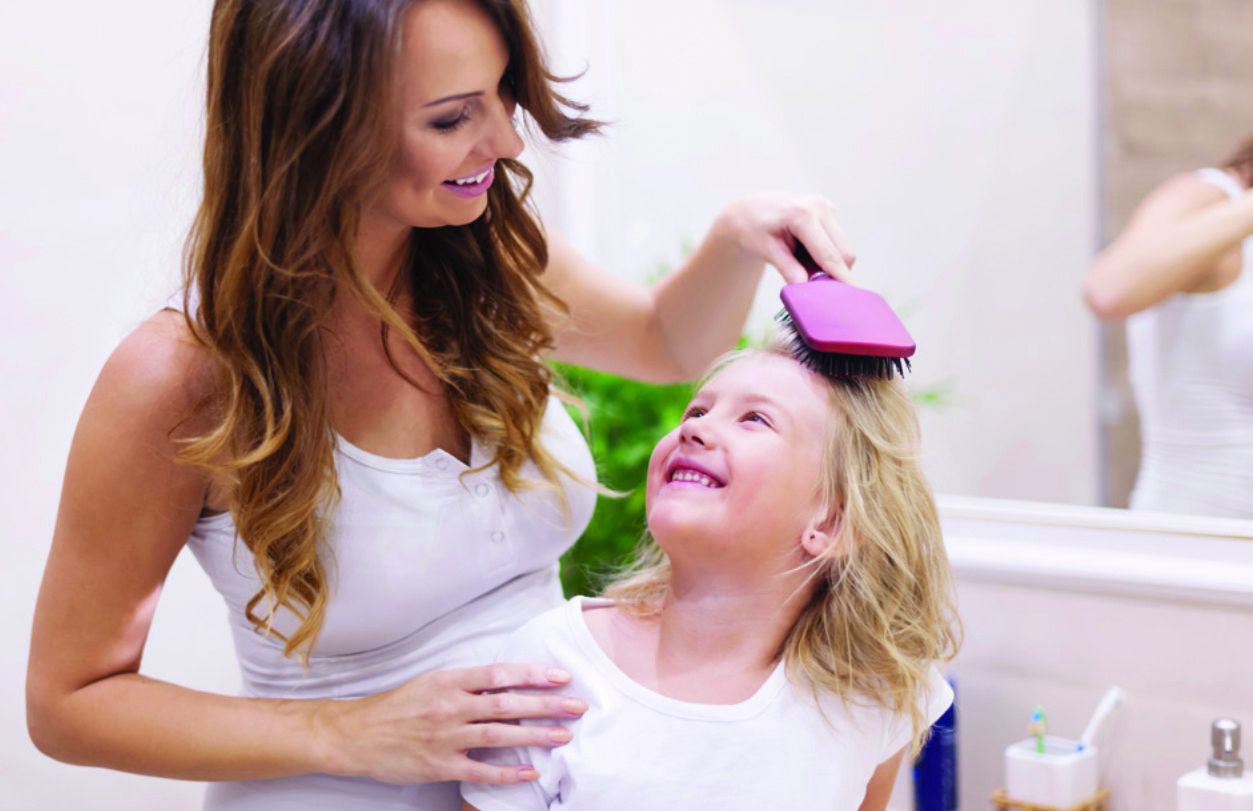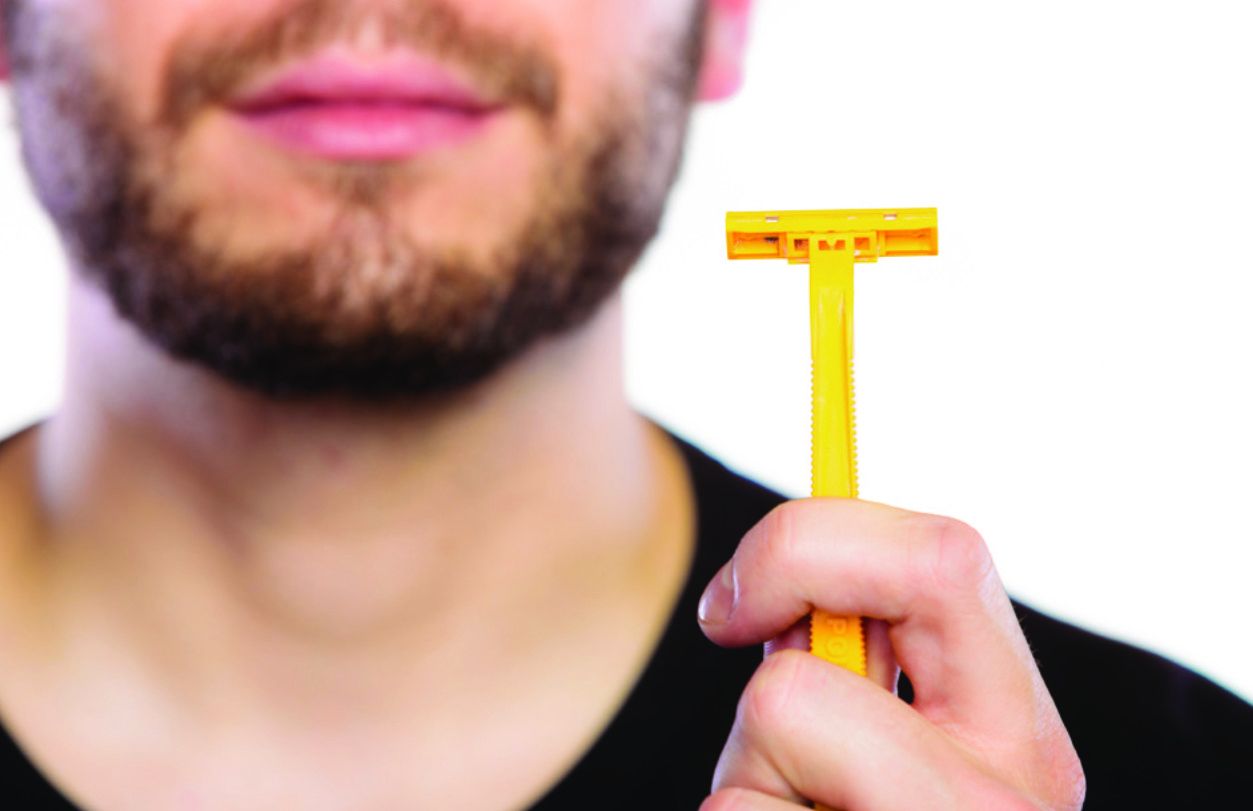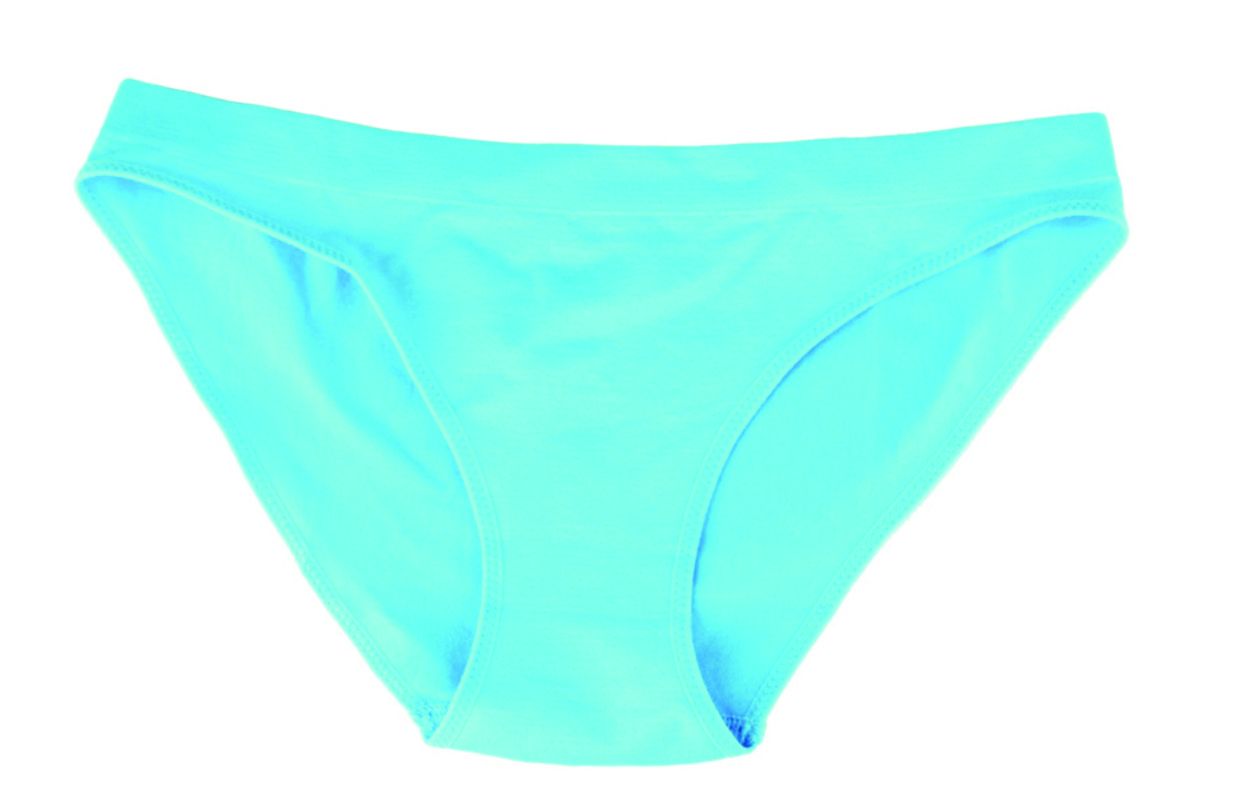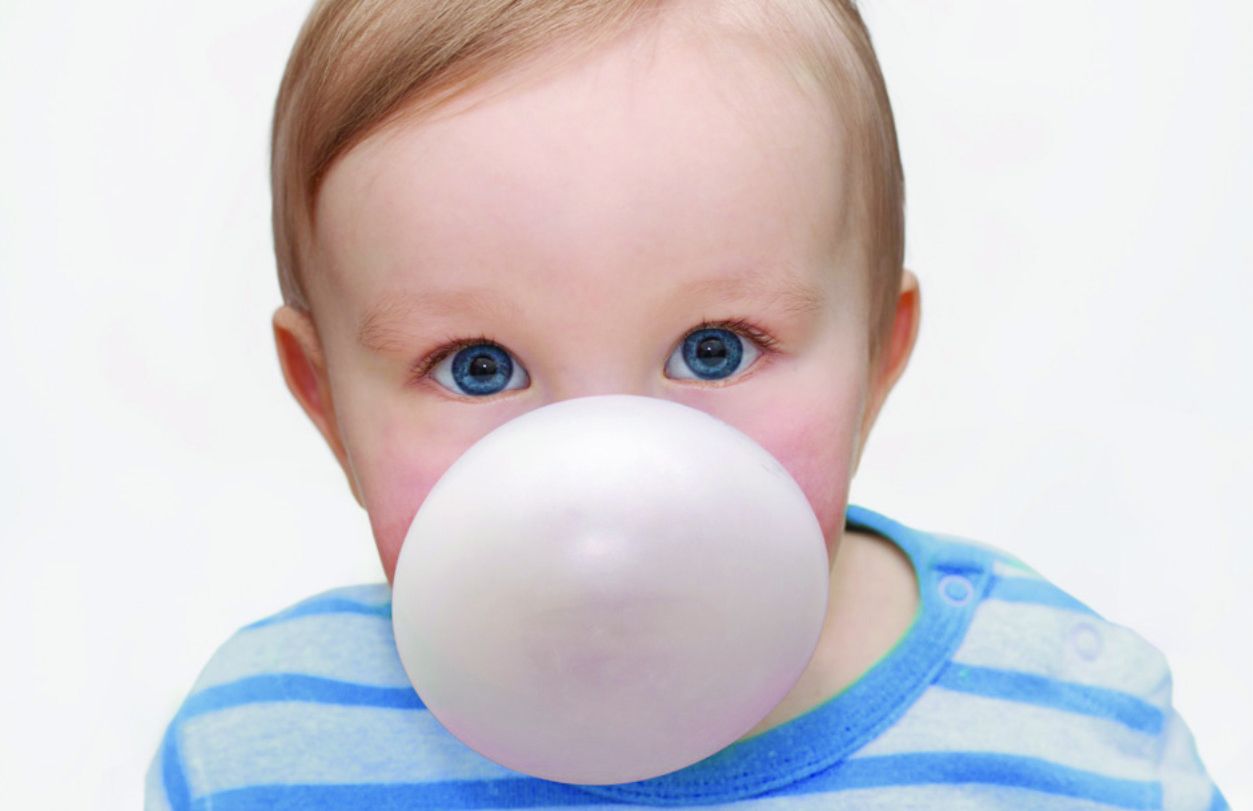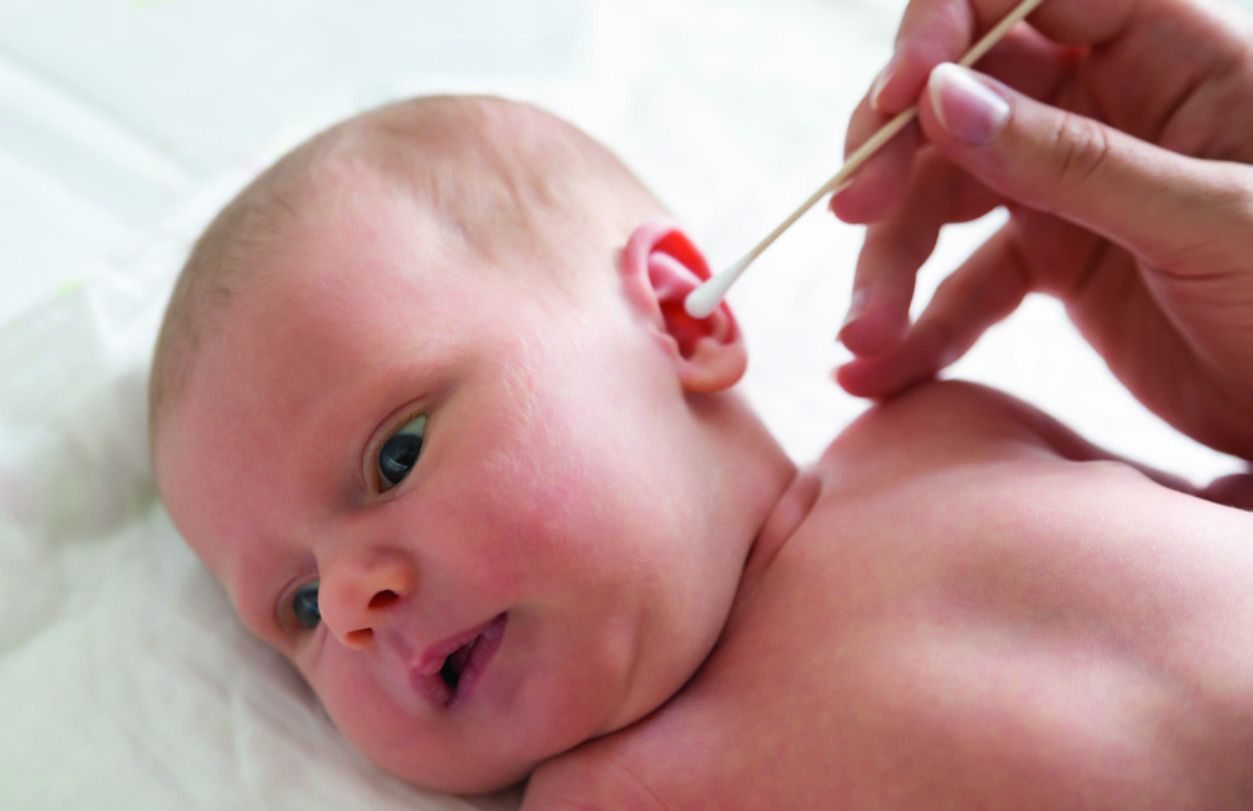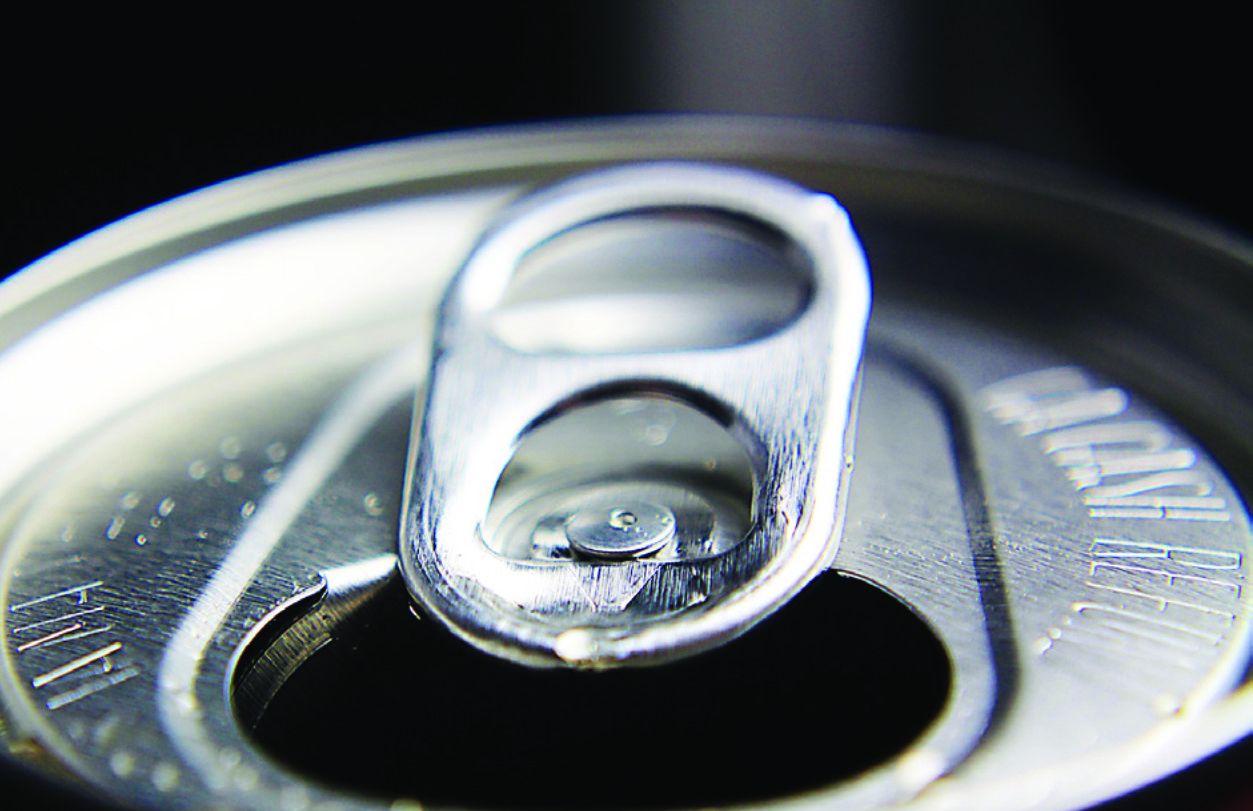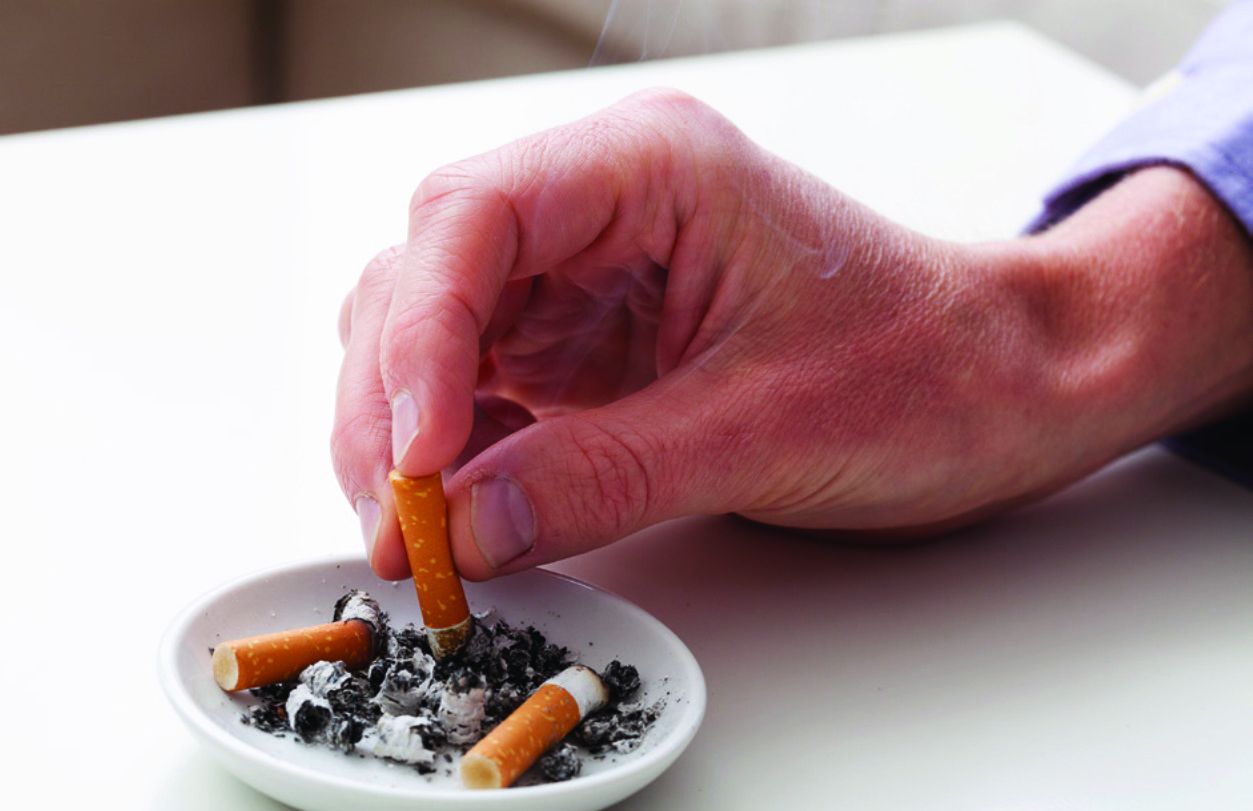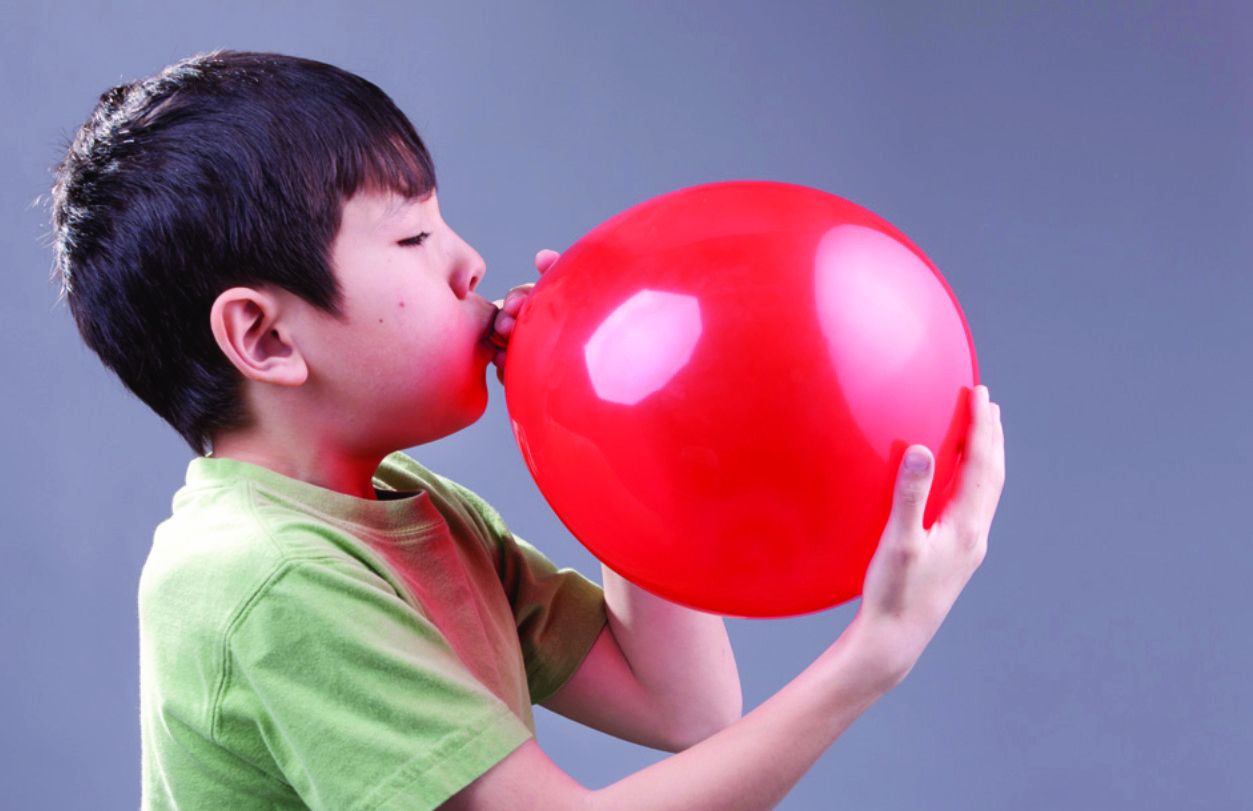
Collecting buccal swabs samples using cotton swabs
All you have to do is to order our DNA collection kit and prepare the samples according to the instruction. Download the PDF instruction. Put the prepared samples back in the paper packet and place them in the stamped addressed envelope.
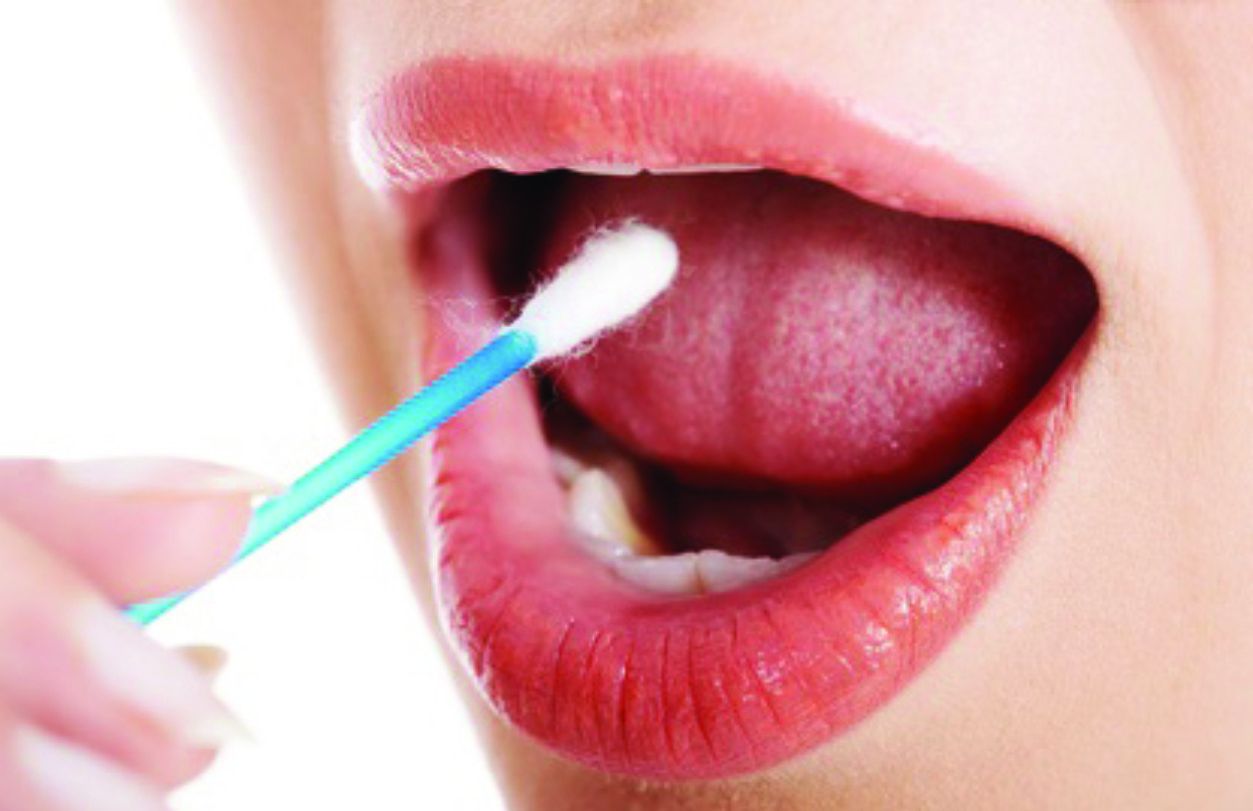
Collecting buccal swabs samples using cotton tips
Remove cotton from one side of the tip and rub the inside of the cheek for 10 seconds using the other end of the cotton tip. en, repeat using the second cotton tip and the other cheek. Put the prepared samples in a clean, paper envelope.

Stains of blood
Collect blood using a tissue, swab or different fabric. The tissue should be clean, without moisturizer or scents. You can also submit blood from other objects to the examination, for example glucose meter test strips, used tampons, sanitary pads and clothes. Wet samples should be allowed to dry and they should be placed in a clean, paper envelope (with air supply).


